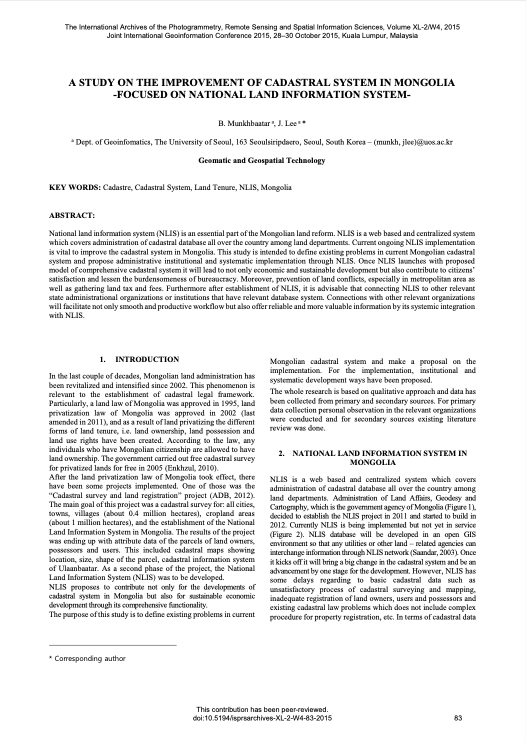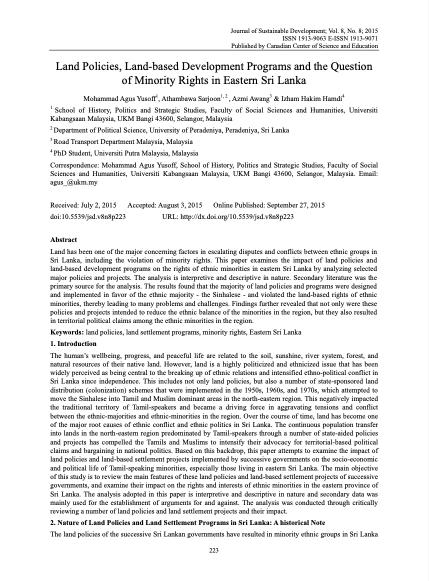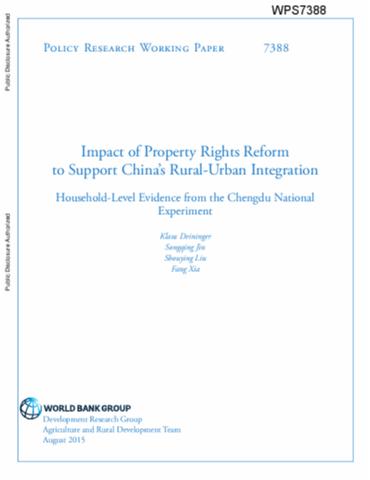A Product Space Perspective on Structural Change in Morocco
Drawing on international trade data,
this paper uses the product space approach to analyze
changes in Morocco’s goods exports in 1990–2010 and future
export priorities. The level of Morocco’s gross domestic
product and its moderate growth match the predictions of
product space analysis, informed by changes in the income
potential of Morocco’s export basket, reflecting relatively
strong capabilities (a high density) in products with






